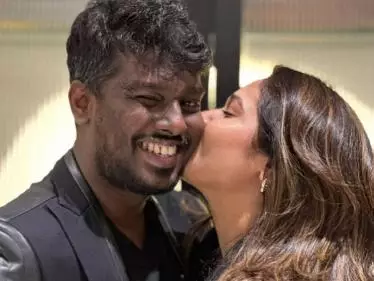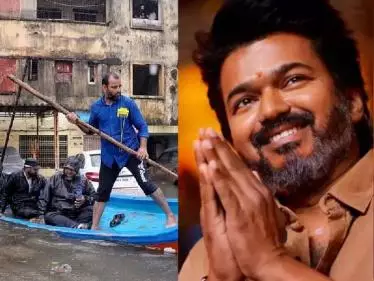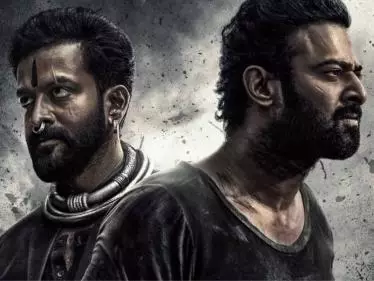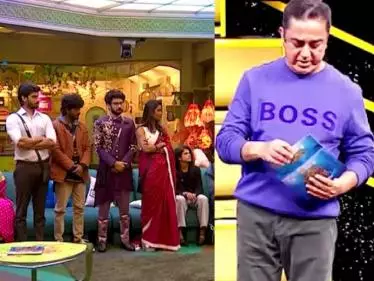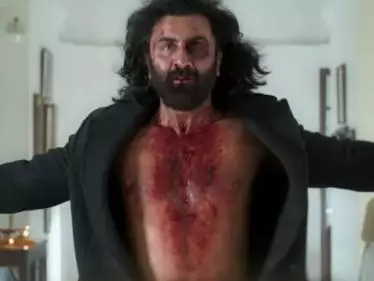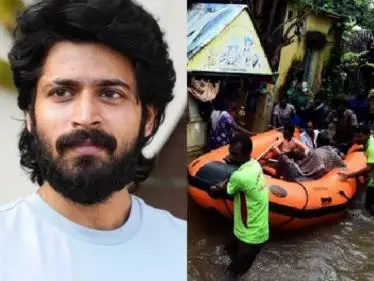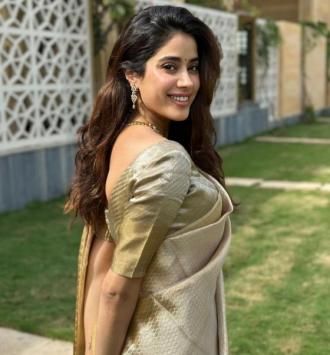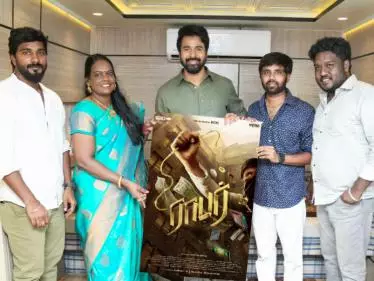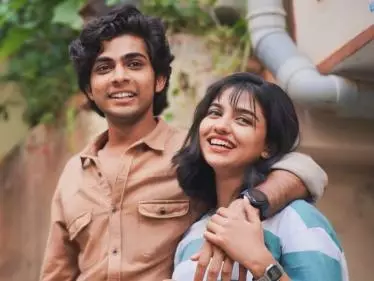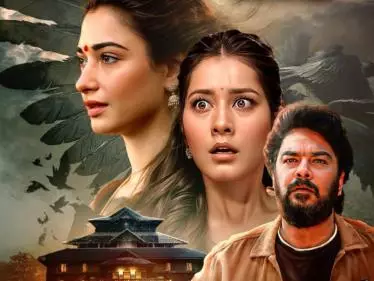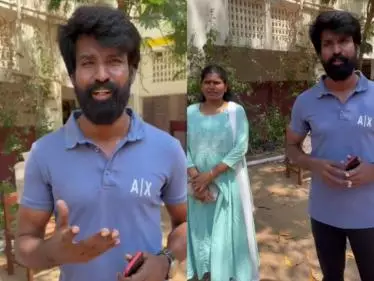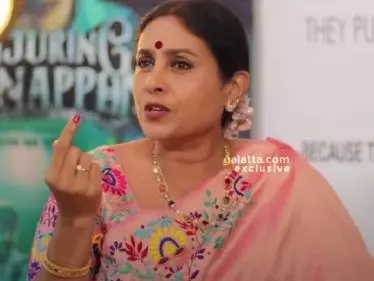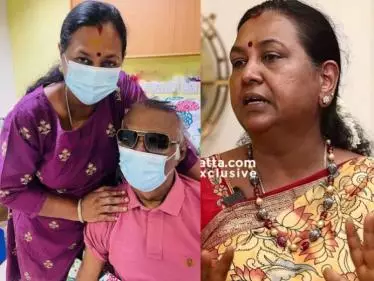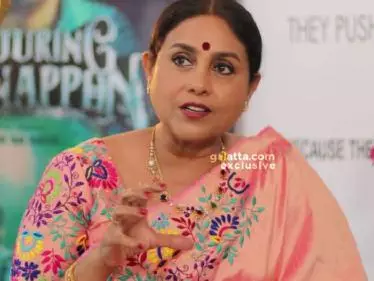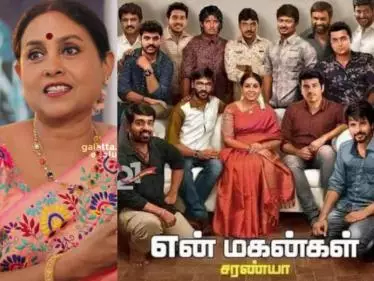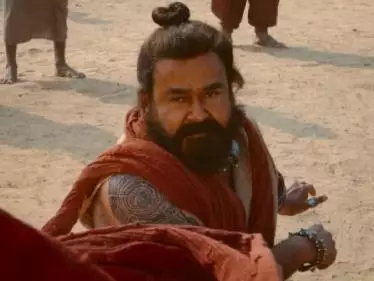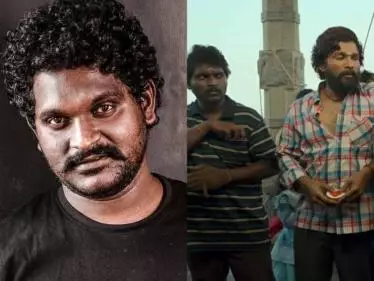
Are musicals still popular?
Music is part and parcel of any Indian film. An Indian film without any songs is the exception rather than the norm. Songs form another form of narrating the story, one that is interwoven into the film's storyline; situations (e.g. dream sequences and item numbers) are often created to include songs. It is not possible to split a film's screenplay from its tuneful accompaniment. Of course, a film's songs can be enjoyed separately, but the mood of the song is significant and it transports us to the poignant or happy situations like those portrayed on the screen. Does a film's music attribute to a film's box-office performance? If the songs of a film are big hits among listeners, can such recognition account for the film's success? Well, yes and no.
Earlier, films like Sivakavi, Haridas and Bhaktha Meera were made as musicals. In fact, Haridas ran successfully for three whole years in theatres. Songs occupied a major portion of the film's narrative; whereas films like Konjum Salangai and Thillana Mohanambal used a fine blend of music and story. Veteran classical singers such as M.K. Thayagaraja Bhagavathar, GNB, M.S. Subbulakshmi, M.L. Vasanthakumari sang many lovely compositions in films of that era, songs famous for their flawless rendering and perfect classical music. Audiences did not consider them as a dampener in the narrative. They comfortably enjoyed lengthy compositions that rolled on for three to four stanzas. Many films even had two songs in succession without any break or dialogues separating them. Audiences sought films with good classical music. To acquire recognition, film songs of that period necessarily had to be of the best quality. (A small aside: Cinegoers of that period who did not appreciate these songs left the auditorium during the song sequences to smoke or relieve themselves, often against the compound wall of the theatre. Of course, music lovers saw some movies repeatedly for the songs.)
The MKT style soon gave way to Ghantasala, K.V. Mahadevan and the Mellisai duo (M.S. Viswanathan and T.K. Ramamoorthy). All of them were the best in their respective times. Eventually, the composing style changed. Songs were curtailed a bit and were fixed to a standard three stanza mode. Songs such as 'Parthen Sirithen' and 'Vaarai Nee Vaarai' are still evergreen. We also had songs based on Western tunes to which Nagesh and others gyrated and vamps sinuously displayed their charms, trying to ensnare the hero.
Then began Ilayaraja's reign. His debut album in Annakkili created a new genre in movie music. Apoorva Raagangal, Panneer Pushpangal, Ninaivellam Nithya, Salangai Oli and the like still continue to rule the listeners' hearts. The Ilayaraja-SPB-Janaki combo brought out some unforgettable melodious pieces that still glitter in the history of Tamil cinema.
NewGen music director A.R. Rahman is one who gave cinema music a new face. Technology is a big tool for this young composer (who is now 40 plus). Despite the fact that his music takes time to grow on people, currently Rahman is undoubtedly the sensational music director. Starting from Roja, Bombay, Sivaji, Elizabeth - The Golden Age, Bombay Dreams to Om Shanthi Om, this Mozart of Madras has gone places. So many upcoming music directors today follow his footsteps, his techniques.
However, in addition to aesthetic satisfaction, there is also a commercial side to the art. Hit music is very important for a mainstream film. The successful audio gives a good opening hype for the film. Every composer, big or small, works hard to compose a good tune. The music that goes out of a composer's studio is always precious to him and is the result of team effort. The compositions go through a set of first-tier listeners comprising the producer, director and the rest of the crew<




